The Virtual Brain Made Easy
- Source: International Neuroinformatics Coordinating Facility
In this short series of lectures, participants will take a look at articles using TVB in a clinical context. Specifically, participants will see how TVB can help to predict recovery after stroke and how individual epileptic seizures are simulated. The course lecturers will briefly describe the methods used and results achieved in the articles. Using the graphical user interface, participants will replicate the principle ideas of the articles and see how artificial lesions introduced in the connectome alter brain dynamics, as well es how seizures spreading through the brain network can be modelled. All videos are using the default TVB dataset, such that you can follow along each step in your own TVB GUI.
Lessons in this Course:
- Modelling Strokes withing TVD
- The Local Epileptor: Part 1
- The Local Epileptor: Part 2
- The Virtual Epileptic Patient: Part 1
- The Virtual Epileptic Patient: Part 2
-
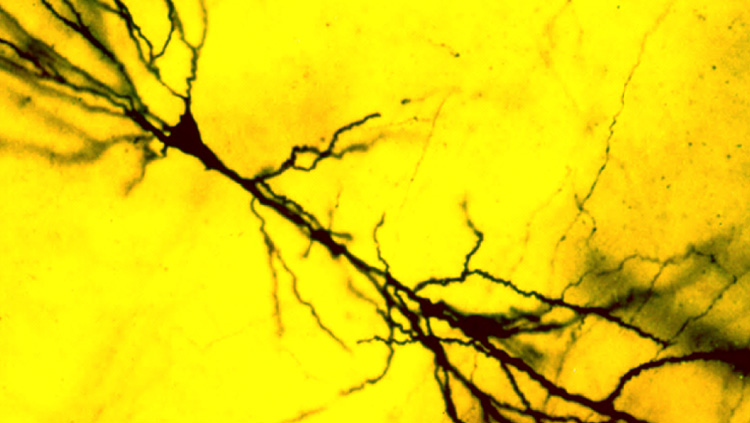 Modelling Strokes within TVB
Modelling Strokes within TVBLearn how to simulate strokes with the simulation platform, The Virtual Brain.
-
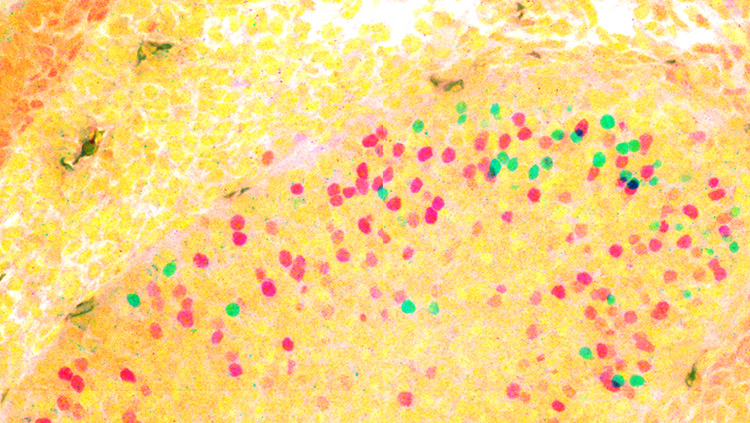 The Local Epileptor: Part 1
The Local Epileptor: Part 1Learn how to simulate seizure events and epilepsy in The Virtual Brain.
-
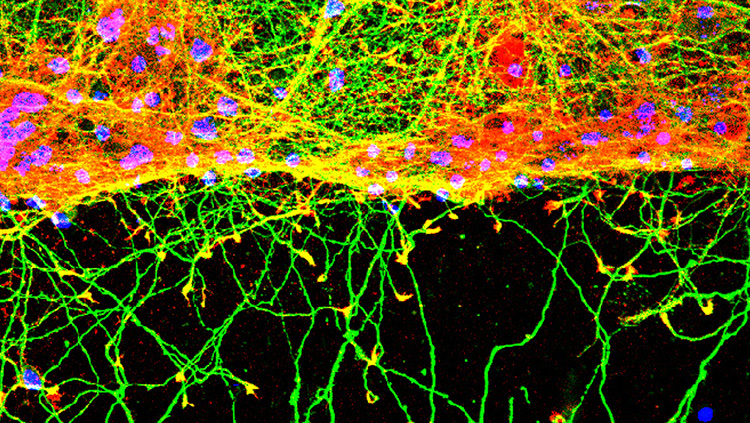 The Local Epileptor: Part 2
The Local Epileptor: Part 2In this lecture we will focus on a paper called “The Virtual Epileptic Patient: Individualized whole-brain models of epilepsy spread”.
-
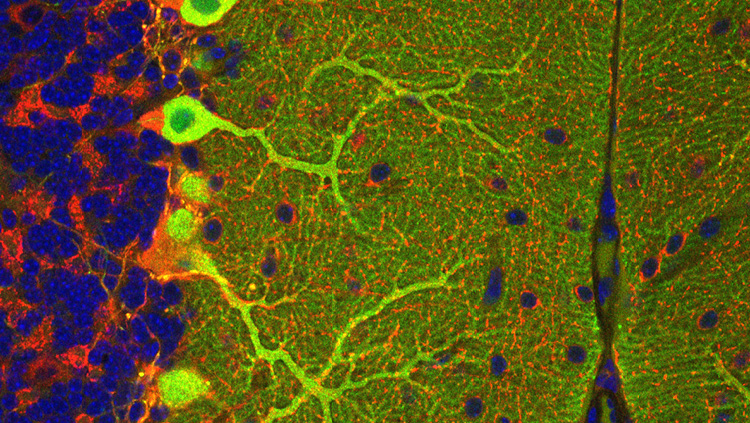 The Virtual Epileptic Patient: Part 1
The Virtual Epileptic Patient: Part 1After introducing the local epileptor model in the previous 2 videos we will now use it in a large scale brain simulation.
-
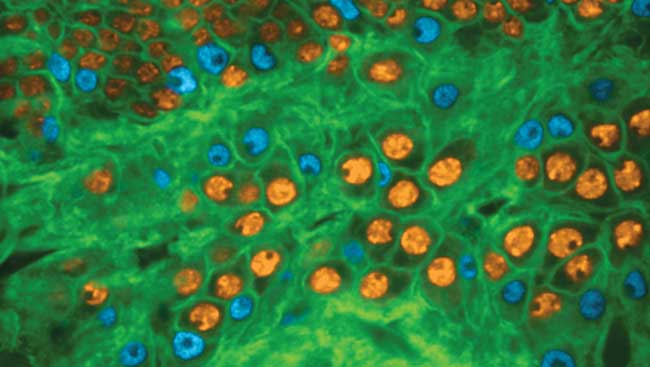 The Virtual Epileptic Patient: Part 2
The Virtual Epileptic Patient: Part 2This lecture gives an overview on the article “Individual brain structure and modelling predict seizure propagation” where 15 subjects with epilepsy were modelled to predict individual epileptogenic zones.




